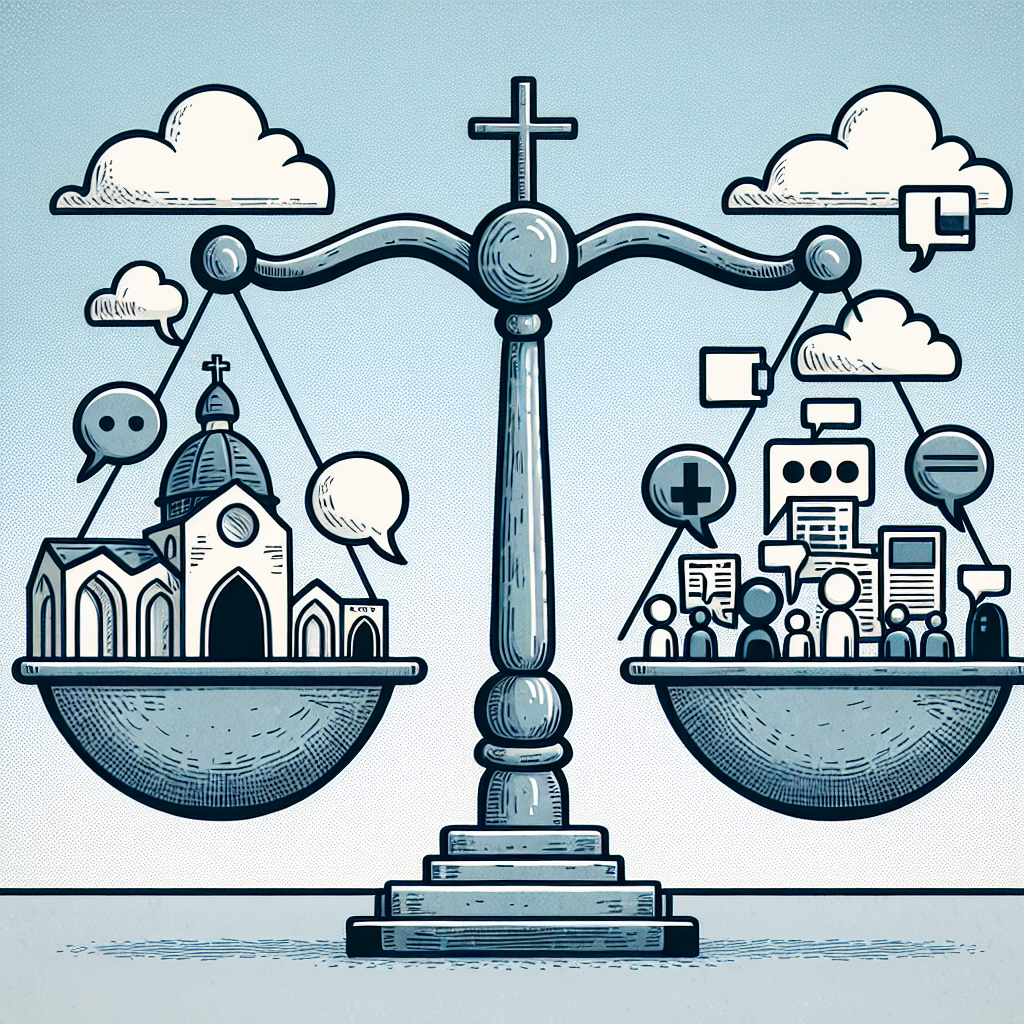Michigan Governor Gretchen Whitmer sparked controversy with a recent online video that many believe disrespects the Eucharist, a sacred ritual in the Catholic Church. In the video, Whitmer is seen feeding a Dorito to social media influencer Liz Plank, who kneels before her and opens her mouth to receive the chip. This imagery has drawn parallels to the ritual of receiving Communion, prompting criticism from many who feel the act is inappropriate and dismissive of a central element of Catholic faith. Critics argue that the video was not merely a light-hearted social media stunt but rather a deliberate desecration of religious practices.
Following the backlash, Whitmer denied any intentions of mocking the Eucharist and subsequently issued an apology. She claimed that the video was part of a “social media challenge” meant to highlight the CHIPS and Science Act of 2022, an initiative she attributes to creating jobs in Michigan. However, her explanations have not completely assuaged concerns, leaving many to argue that her actions reflect a lack of understanding or respect for religious traditions. This incident has reignited a broader conversation about the treatment of religious observances in highly public and political contexts.
Some critics assert that the event resembles other recent cultural instances perceived as offensive, such as the “non-Last Supper” depicted during the Paris Olympics. They argue that the media and cultural narratives often attempt to reinterpret these acts as innocuous, challenging viewers to disregard what they see. However, unlike previous cases where defenders might rally to justify these actions, the current situation has resulted in a rare unity among those who feel offended, particularly within the Catholic community. This solidarity underlines an ongoing concern regarding the growing disrespect towards religious sentiments in public discourse.
There are two primary interpretations of Whitmer’s actions: either this is a deliberate profanation of the Communion ritual or it reflects her unfamiliarity with the significance of the Eucharist. Critics note that the imagery of feeding someone while they kneel and receive an item in their mouth closely resembles the act of Communion. In a progressive context like Metropolitan Detroit, where religious observance is generally less visible, such a misunderstanding could be plausible. However, many remain skeptical that anyone could mistake a well-known religious rite for a casual social media trend.
Moreover, the context surrounding the video’s production raises additional questions about accountability. Given that political advertisements and campaigns involve numerous individuals contributing ideas and approvals, it is implausible that the entire team viewed it purely through the scope of a social media challenge. If they recognized the Eucharistic implications and proceeded anyway, it ultimately suggests a disregard for religious sentiment that could further alienate Catholic voters. The situation starkly reflects the larger political landscape, where party alignment and personal faith often collide, leading to contentious discussions.
In conclusion, Governor Whitmer’s video has prompted a significant outcry from religious communities and individuals alike who feel that it trivializes a sacred rite. While her defense portrays it as an innocent social media engagement, the imagery and context raise deeper questions about respect for religious practices in public life. This incident highlights not only a potential misunderstanding of the Catholic faith but also a troubling trend of increasingly provocative actions that challenge the boundaries of respect for religious traditions in contemporary culture.

